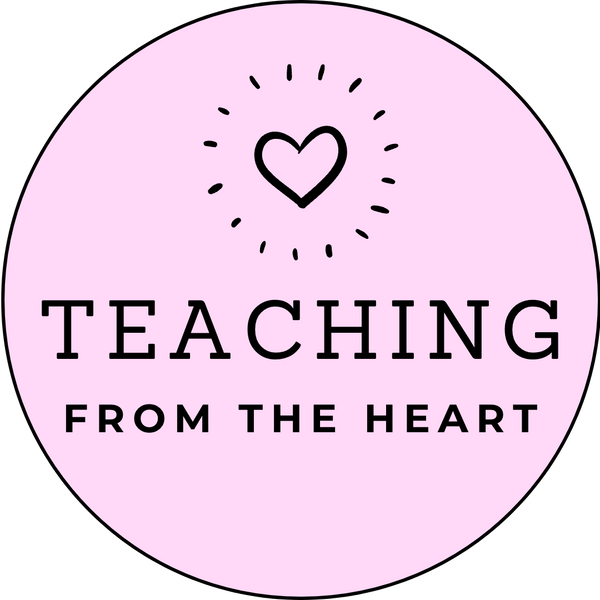The Science of Reading
Share
The Science of Reading is a research-based approach to teaching literacy that focuses on how children learn to read. It emphasises explicit instruction in phonics, fluency, vocabulary, and comprehension. Implementing these principles in the classroom ensures that students develop strong foundational reading skills.
A key component of the Science of Reading is systematic phonics instruction. Teaching phonics explicitly helps students decode words and understand spelling patterns. Using multi-sensory approaches, such as phoneme manipulation with letter tiles or tapping out sounds, strengthens phonics knowledge.
Another important element is developing phonemic awareness. Before students can read fluently, they need to understand how sounds work within words. Activities such as rhyming games, syllable segmentation, and blending exercises build this critical skill.
Fluency practice is also essential in the reading process. Encouraging repeated readings of familiar texts, using choral reading, and modeling expressive reading helps students develop accuracy, speed, and prosody. Fluency bridges the gap between decoding and comprehension.
Comprehension instruction should be explicit and structured. Teaching students to summarise, predict, and infer meaning from texts supports deeper understanding. Using graphic organisers, questioning strategies, and think-alouds enhances students' ability to engage with texts meaningfully.
Finally, vocabulary and background knowledge play a crucial role in reading success. Rich language experiences, such as reading aloud high-quality literature, discussing new words in context, and encouraging curiosity about language, help expand students’ comprehension skills.
Tips for Teaching the Science of Reading
- Use decodable texts to ensure students practice reading words they have been explicitly taught.
- Incorporate daily phonemic awareness exercises, such as blending and segmenting activities.
- Encourage reading at home by providing take-home books or digital reading resources.
- Use direct and systematic instruction, following a structured literacy approach.
- Track student progress regularly with phonics check-ins and fluency assessments.
Resource and Activity Ideas
- Phonics games, such as letter-sound bingo or word-building races.
- Interactive read-alouds with discussion questions and vocabulary focus.
- Sound boxes for segmenting and blending words.
- Sentence scrambles to practice grammar and syntax.
- Decodable text reading stations with comprehension check-ins.
By following the principles of the Science of Reading, teachers can provide structured and effective literacy instruction that sets students up for long-term reading success.
